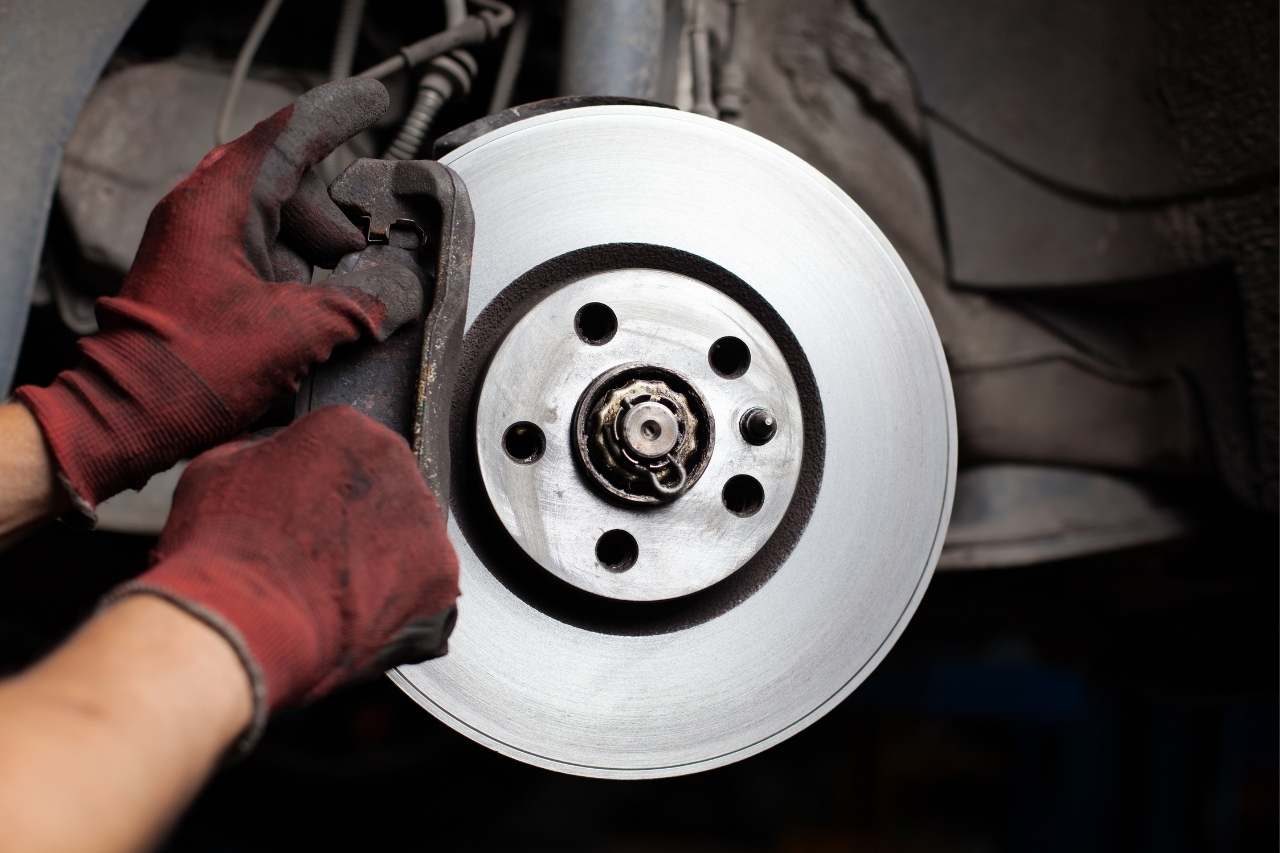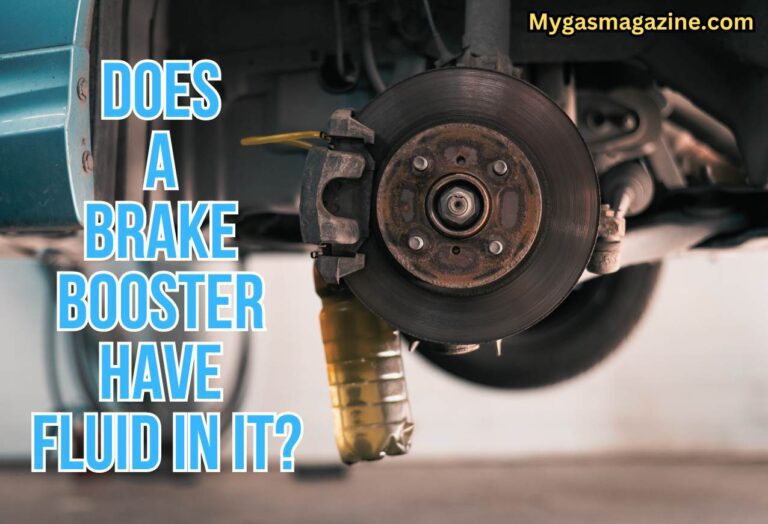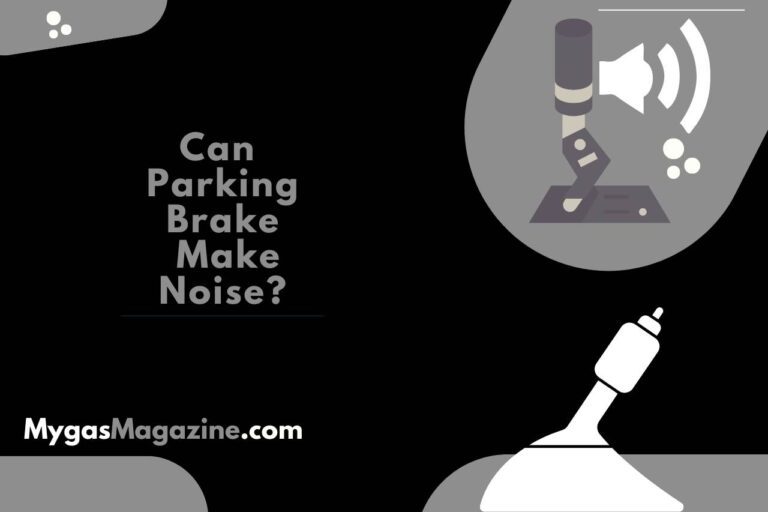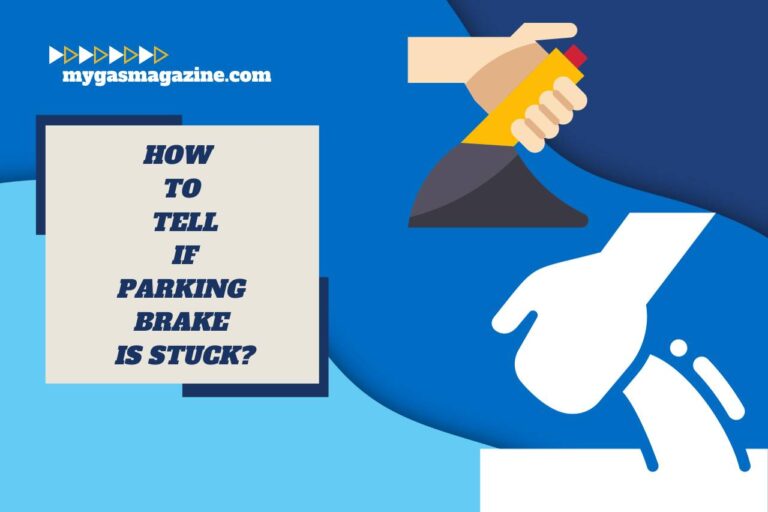Do You Have to Bleed Brakes After Changing Pads? Answered
After replacing the brake pads, you should definitely do one task, and it is the brake bleeding process. Do you have to bleed the brakes after changing pads? Yes, you definitely should bleed your brakes before going on any journey. After replacing the pads, some air can be entered into the master cylinder. Because of this reason, newly changed brake pads should be bleed, for god’s sake. Let’s be well aware of this situation with this article. Don’t forget to read the whole article from top to bottom.
What Are Brake Pads?
Brakes are considered an essential component in the vehicle. It is the primary factor in stopping the moving car. The hydraulic system applies pressure to the brake pads every time the brakes are engaged.
This will cause the moving vehicle to come to a stop. The brakes will engage a million times when we are on the roads. This explains why the brake pads can withstand such high heat and pressure. These are constructed from organic or semi-metallic materials.
Brake pads, meanwhile, can readily be worn out over time. Therefore, replacing them at the proper time is essential for the vehicle to stop. And also, it helps to save our life. If you want to live longer, change the brake pads before they get worn.
What is the Bleeding Process of the Brake Pads?
When you press your brake pedals, the fluid is the main character involved in the operation. The liquid then travels through the lines and applies the brakes with the help of the master cylinder.
Brake fluid can be considered the heart of the braking system. And also, it can last long for several years without any damage. The only way to damage the fluid is the entering of water or dust into the liquid. What is the bleeding of the brake pads? In simple ways, it is the process of removing the air particles trapped inside the master cylinder. After wearing out the old brake pads, replacing the new ones is compulsory.
During that process, the system is opened then some of the air particles can be entered into the system. Then the master cylinder will affect by the air particles because it helps with the pressurizing of the braking system. As a result, the remaining air particles should be eliminated from the master cylinder. This process is called the “bleed of the brakes.”
How to Bleed Brakes Correctly?
The mechanics can easily bleed brakes. However, it would be much more difficult for the average person. There are a few straightforward measures to take, and everything will be covered in this article starting at the very beginning. Make sure to read each step carefully to avoid messing up the brakes.
Step 1
Step one is about brake fluids. Try to find the vehicle manual and be aware of the vehicle brake fluid type because several brake fluid types are available on the market. Brake fluid type will be different depending on what vehicle you have.
So selecting the proper fluid is essential to function the system properly. If you don’t have any idea about the fluid, visit a mechanic before purchasing it. They will assist you in solving this issue. Normally, Brake fluids are fairly priced. Brake fluid is simple to find and cost-effective.
Step 2
Step two is lifting the vehicle. You have to lift the car because removing the wheels is necessary to do the bleeding process. Try to get help from neighbors if you have any trust issues with the lifting process. Then remove the wheels.
Step 3
Step three is finding the bleeding caliper screws. After finding them try to loosen them gently because the screws tend to wear out if you apply too much pressure on them. After loosening them, you should fix them again because the air particles can enter the system when screws are loosened. Be sure to tighten them again after loosening them.
Step 4
Step four is adding the new brake oil. If the brake oil level is lower than the market value, you should add fresh fluid to the system. Be sure to add oil during the bleeding process because having them in maximum is crucial to the bleeding process. Then place a small tube in the bleeding screw while the other end of the tube fits into a plastic bottle.
Step five is applying the brakes. There should be two people to do this process. One person should apply brakes, and another one should check the bleeding screw. When the brakes are used, the bleeding screws must be loosened; then, the trapped air will come out quickly. But remember not to release the brake pedals. It will suck the air back into the system. Repeat this process several times to bleed your brakes correctly.
Do You Have to Bleed Brakes After Changing Pads?
Clearly yes. You should bleed the brakes properly to remove all the trapped air bubbles. This is a specialized process to do. But the article will help you to do the bleeding process even at home.
There are several steps mentioned in the article above. The brake fluid in the front calipers has the most pressure. Because when the vehicle moves forward, front calipers absorb most of the energy. Somehow you don’t open the bleeding screws after changing the pads; the trapped rust particles and all the air pressure will directly flow into the calipers. This process is very simple and does not even take much effort.
Opening bleeding screws is the only way to bleed the brakes. Because all the trapped air and other dust escape through that opening, by following this procedure, you’ll receive fresh brake fluid resistant to the brakes’ boiling and fading. Even in extreme conditions, these will perform perfectly than the older system.
More Articles:
- Clicking Sound When Pressing Brake Pedal… What to do?
- What Happens If You Mix Premium and Regular Gas? [Guide]


Meet Lakith, the driving force behind MyGasMagazine.com. A seasoned mechanic with over 7 years of hands-on experience in our family-run Gas Mag Garage, Lakith combines his technical expertise with a deep passion for cars. His journey in the automotive world began alongside his father, learning the intricacies of car repair and maintenance. Today, as the founder of MyGasMagazine.com, Lakith shares his wealth of knowledge, offering readers a unique blend of practical advice, industry insights, and engaging stories from the vibrant car culture of Sri Lanka.








3 Comments